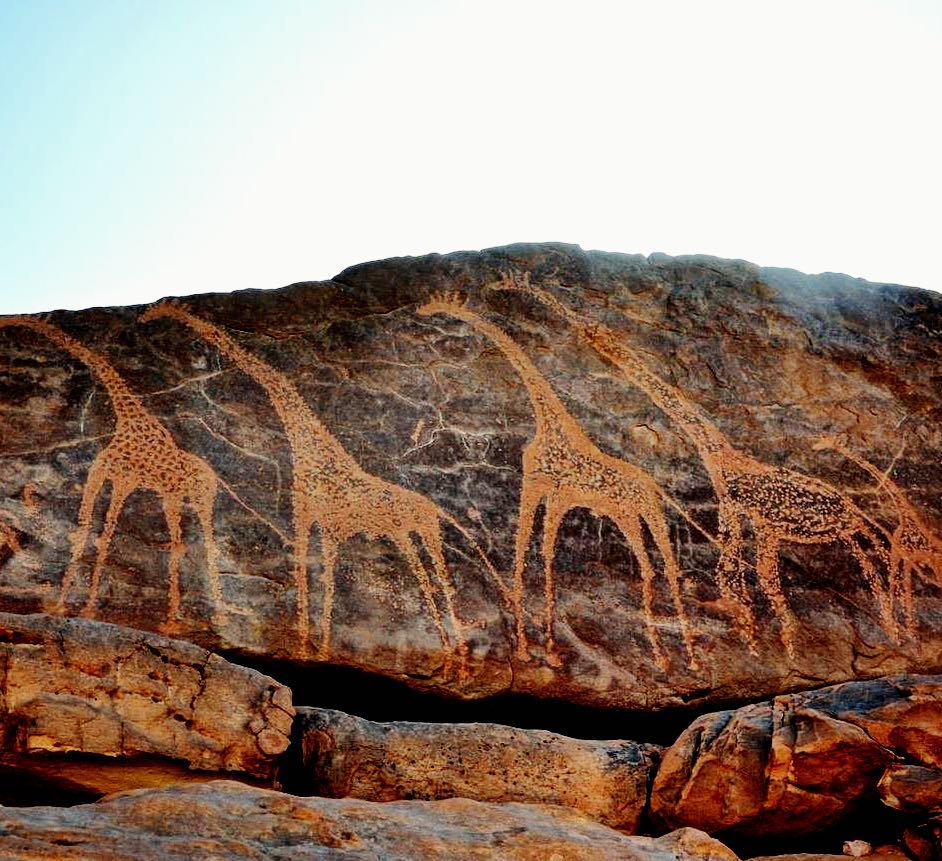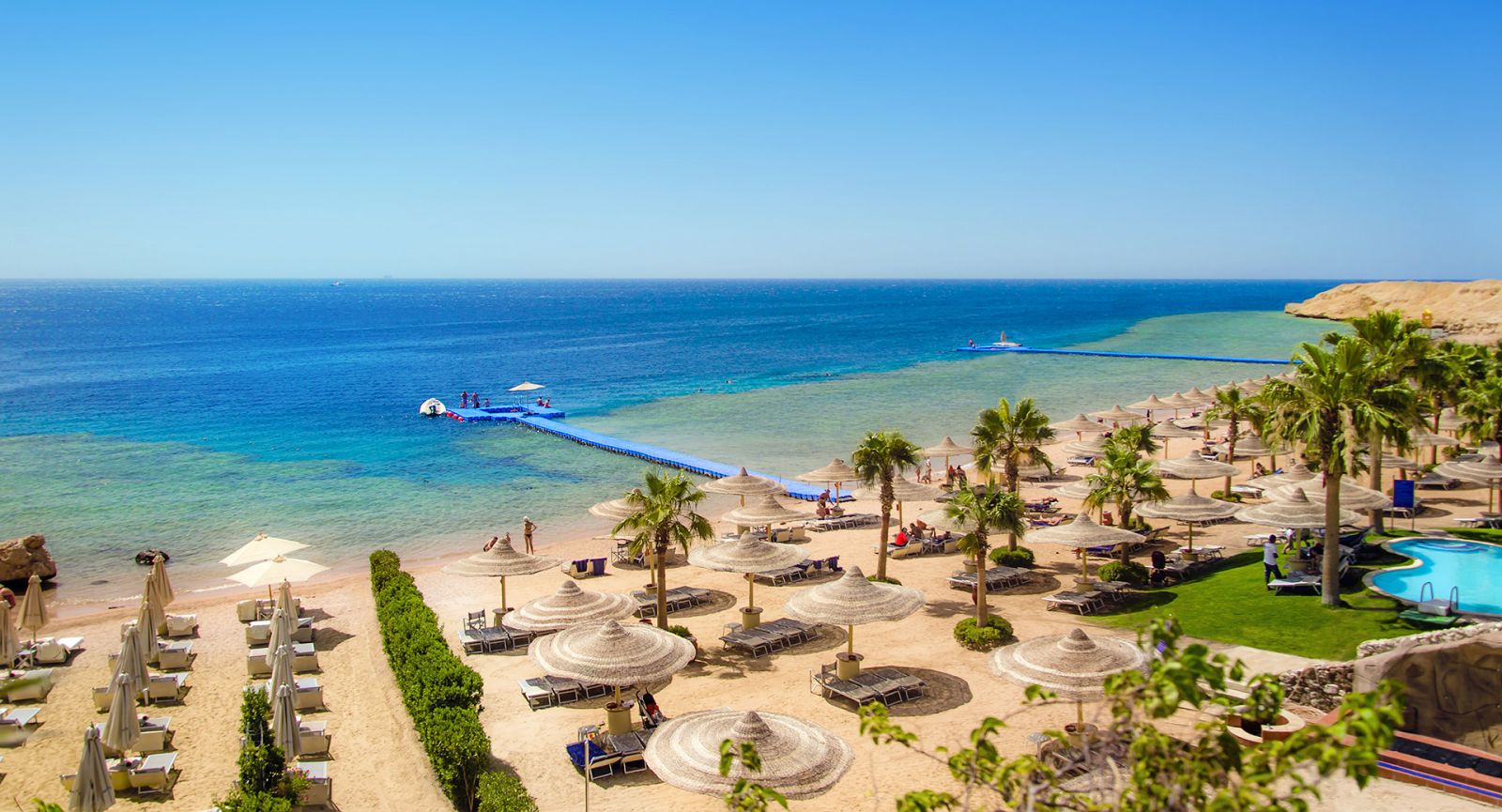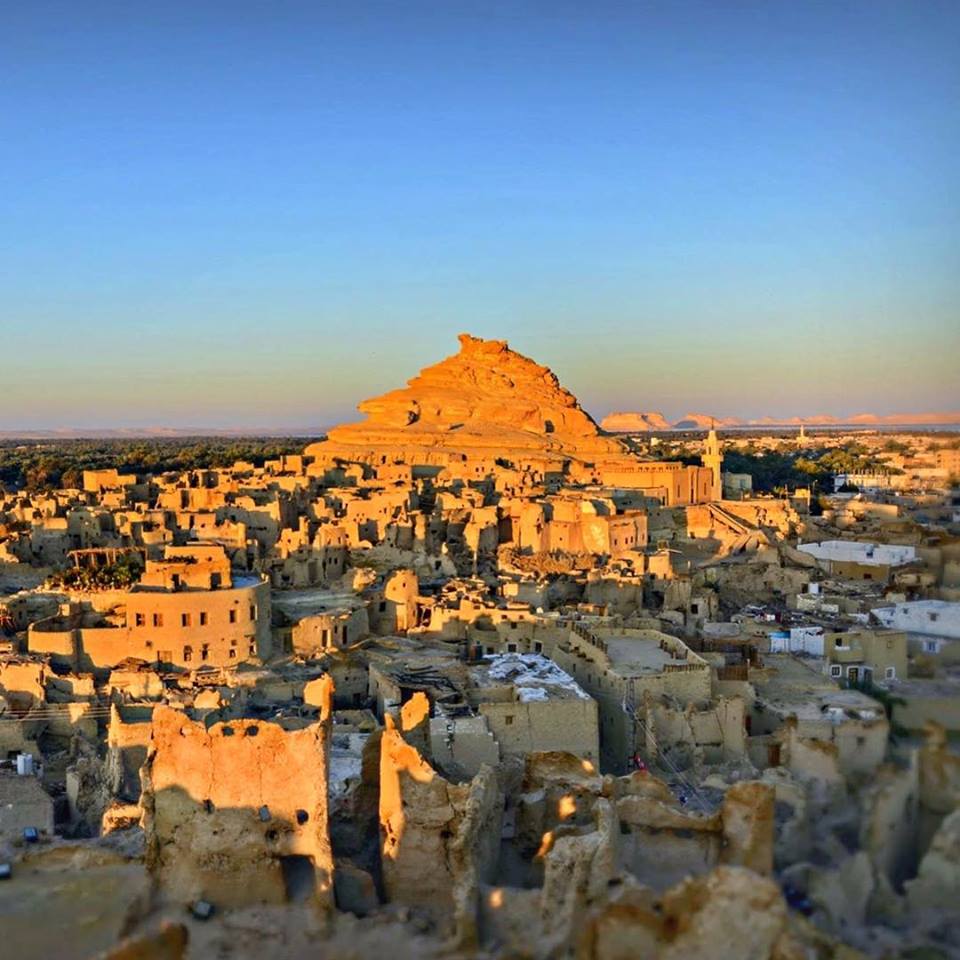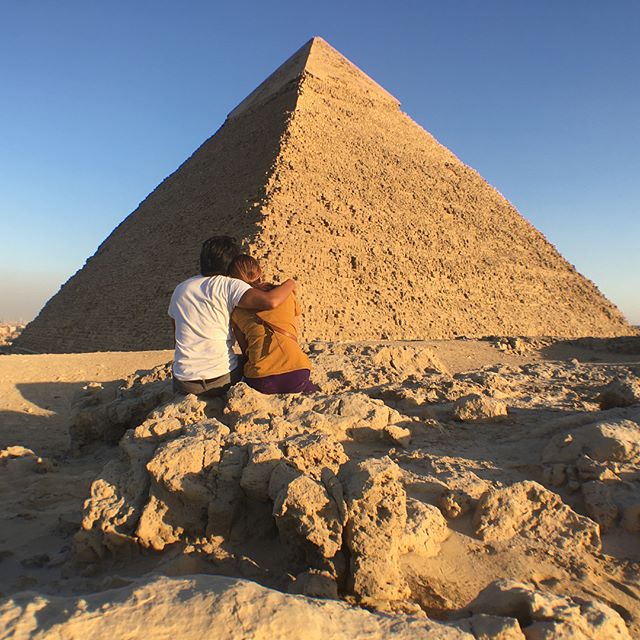Cairo Islamic Museum in Egypt Halal Tourism
17/07/2017
The museum of Islamic Art:
The Museum of Islamic Art in Cairo is considered to be one of the largest and oldest museums in the world. This museum amazing in terms of antiques, paintings, ancient tools, utensils and much more. Egypt Halal Tourism gives you a chance to visit Egypt in the purest Islamic way. The museum hosts more than 104 thousand displays reflecting the greatness of the Islamic civilization in Egypt and the whole Islamic world and how flourishing it has been for a very long period of time. Egypt Halal Tourism is famous and most preferred by Muslims all over the world. Visiting Islamic Museum is the elite part of the Egypt Halal Tourism.
Many of the displays of the Museum of Islamic Art were gathered from Arab and non Arab nations and from individuals that have sold their belongings or donated them to the museum. The museum hosts many exhibits that date back to the beginning of the Islamic era till the period of the family of Mohamed Ali.
the Museum of Islamic Art has many different types of displays including metal and wooden works, carpets, rare copies of the Quran, coins, Minbars, and many other exhibits that amaze the visitors of the museum coming from all over the world.
The Establishment of the Museum of Islamic Art:
The idea of establishing the museum of Islamic art goes back to the year 1880 when the Egyptian authorities collected all the precious pieces of Islamic art from several mosques, other structures, and buildings. Afterwards, the government stored them in the Eastern section of Al Hakem Mosque in Al Mui'z Street in Cairo.
Shortly afterward, these antiquities were put on display in a small museum that was specially built in the open courtyard of the Al Hakem Mosque and it was called the House of Arabian Antiquities.
The displays of the Museum of Islamic Art remained in that location until the building of the museum was constructed in the year 1903 and it was officially opened for public visits on the 28th of December 1903. Afterwards, the museum was renamed as the Museum of Islamic Art in 1952 after the Egyptian revolution.
The Displays of the Museum of Islamic Art:
The number of displays of the Museum of Islamic Art has been increased and multiplied many times since its establishment. The museum had only around 7000 displays when it first opened in 1903. The number increased to become 78 thousand in 1978, then 96 thousand in the recent years, and more than 100 thousand pieces nowadays.
The displays of the Museum of Islamic Art were gathered from many different locations around Egypt. This includes the ruins of the cities of Fustat and Askar, the first Islamic capitals of Egypt before the establishment of Cairo.
Some other displays were brought from Aswan, Tanis in the Nile Delta, Rashid, and Luxor. This is besides many other displays that were sold or donated to the museum by Arabian and foreign people.
Today the Museum of Islamic Art displays some of the rarest exhibits including pottery, pieces of cloth, rocks with Islamic writings, colored windows, and many other displays. There is also the collection of Persian and Turkish pottery that the museum has brought in 1945.
The Museum of Islamic Art also displays a large collection of Arabian carpets that were brought from many mosques and historical houses from all around Egypt.
The collection of carpets of the Museum was even multiplied when the museum took the selection of carpets that used to belong to Ali Pasha Ibrahim in 1949, which was considered to be one of the largest and most valuable collections of carpets in the whole world at the time.
Among the most distinctive displays of the museum is the tomb cover that dates back to the year 652, 12 years after the Moslems took control of Egypt.
The Museum of Islamic Art also hosts many other rare displays like the pitcher that was found in a village near the governorate of Fayoum. This pitcher was part of the items that were found in the tomb of Marwan Ibn Mohamed, the last Caliph of Beni Omaya. It was made out of Bronze and it is 41 centimeters high and its diameter is 28 centimeters. This pitcher is one of the most elegant displays in the Museum of Islamic Art.
The Wooden collection of the Museum:
The Museum of Islamic Art displays some marvelous wooden objects that reflect how skillful the Moslems were in the manufacturing and carving on wood. The art of wood carving has flourished greatly during the Fatimids era when the wood was decorated and carved in two different levels proving how skillful the artists of this period were.
Some wooden decorations that were found in the complex of Sultan Qalaun in El Mui'z Street that was originally brought from the Western Fatimid Palace in the area of Bein El Qasrein in Islamic Cairo are put on display in the museum and they illustrate how clever and creative the Fatimid workers and craftsmen must have been.
Many of the wooden objects that were manufactured during the Mamluk and Ottoman periods were decorated with mother of pearl and ivory. Examples of these objects are the Quran holder and the chair that was brought from the Madrasa of Um El Sultan Sha'ban.
The Displays of the Fatimid Period:
The Museum of Islamic Art has some of the most beautiful antiquates that date back to the Fatimid period. This collection includes some jewelry especially a plain golden ring, another ring with plants ornaments, and a wonderful statue of antelope made out of bronze.
The Displays of the Mamluk Period:
The Mamluks have ruled over Egypt for a considerable period of time and have influenced the Egyptian history and this is perfectly reflected in the large collection of displays in the Museum of Islamic Art that dates back to the Mamluk period.
The Mamluk collection of the museum includes many lamps that were used to light the historical mosques of Cairo. The most interesting among these lamps is an eight-sided Chandelier that consists of three layers with a dome-shaped top and wonderful Islamic decorations on its glass. This lamp was brought from the magnificent Sultan Hassan Mosque that was constructed in 1362.
There are many marvelous displays in the Museum of Islamic Art that date back to the period of the Mamluks. Among these is the pencil box that is rich with gold and silver decorations with the name of Sultan Al Mansur Mohamed, the Mamluk Sultan who died in 1363.
There is also a wonderful candle holder that was manufactured in 1473 in the reign of Sultan Qaitbey. The candle holder has wonderful Islamic writings in the shape of some flames of fire. This is besides many metal items that were gathered from Iraq, Iran, Yemen, and many other Islamic countries.
The section of Islamic Ceramics:
The Museum of Islamic Art displays some of the rare collections of Islamic ceramics which manufacture has flourished in the Islamic world since the early days of Islam.
The most remarkable among these items is the collection of the shining Abbasids ceramics. A Sahn or an open courtyard has been founded in the museum to exhibit the different types of ceramics. This Sahn dates back to thousands of years. There are also some Andalusian open courtyards with many marvelous ceramics, Iranian ceramics, Chinese porcelain,
The museum offers the guests with a wonderful illustration of the development of the ceramics production in Egypt and the Islamic world as a whole. The Mamluks played a great role in this development when they tried to copy the notable Chinese ceramics especially these with the blue decorations and the white background.
The museum has some ceramics that were produced in some Turkish cities like Iznik during the Ottoman period as well. Among the most distinctive rare ceramics in the museum are some tiles that were made by Muslim Chinese like a box made out of porcelain and has the word "thank god" written on it?
The Wooden collection of the Museum:
The Museum of Islamic Art displays some marvelous wooden objects that reflect how skillful the Moslems were in the manufacturing and carving on wood.
The art of wood carving has flourished greatly during the Fatimids era when the wood was decorated and carved in two different levels proving how skillful the artists of this period were.
Some wooden decorations that were found in the complex of Sultan Qalaun in El Mui'z Street that was originally brought from the Western Fatimid Palace in the area of Bein El Qasrein in Islamic Cairo are put on display in the museum and they illustrate how clever and creative the Fatimid workers and craftsmen must have been.
Many of the wooden objects that were manufactured during the Mamluk and Ottoman periods were decorated with mother of pearl and ivory. Examples of these objects are the Quran holder and the chair that was brought from the Madrasa of Um El Sultan Sha'ban.
The Collection of the Copies of Quran and the Collection of Carpets:
A whole section in the Museum of Islamic Art was specified for different types of the copies of the Quran. Most of the displays of this section date back to the Ottoman period and they were made out of gold and have many different styles of decorations on them and marvelous types of Arabic calligraphy.
The collection of lamps of the Museum:
The Museum of Islamic Art is featured with some of the most wonderful lamps that were used to light mosques in Egypt and some other countries as well. The reopening of the Museum after its full restoration
After around seven years of extensive restoration work, Hosni Mubarak, the former Egyptian president has reopened the Museum of Islamic arts after being closed since 2003 for renovation and repairing.
The museum was closed to restore the building that was constructed in 1903 in the reign of Khedive Abbas Helmi II. The costs of the restoration of the museum were estimated to be around 10 million dollars!



.jpg)







